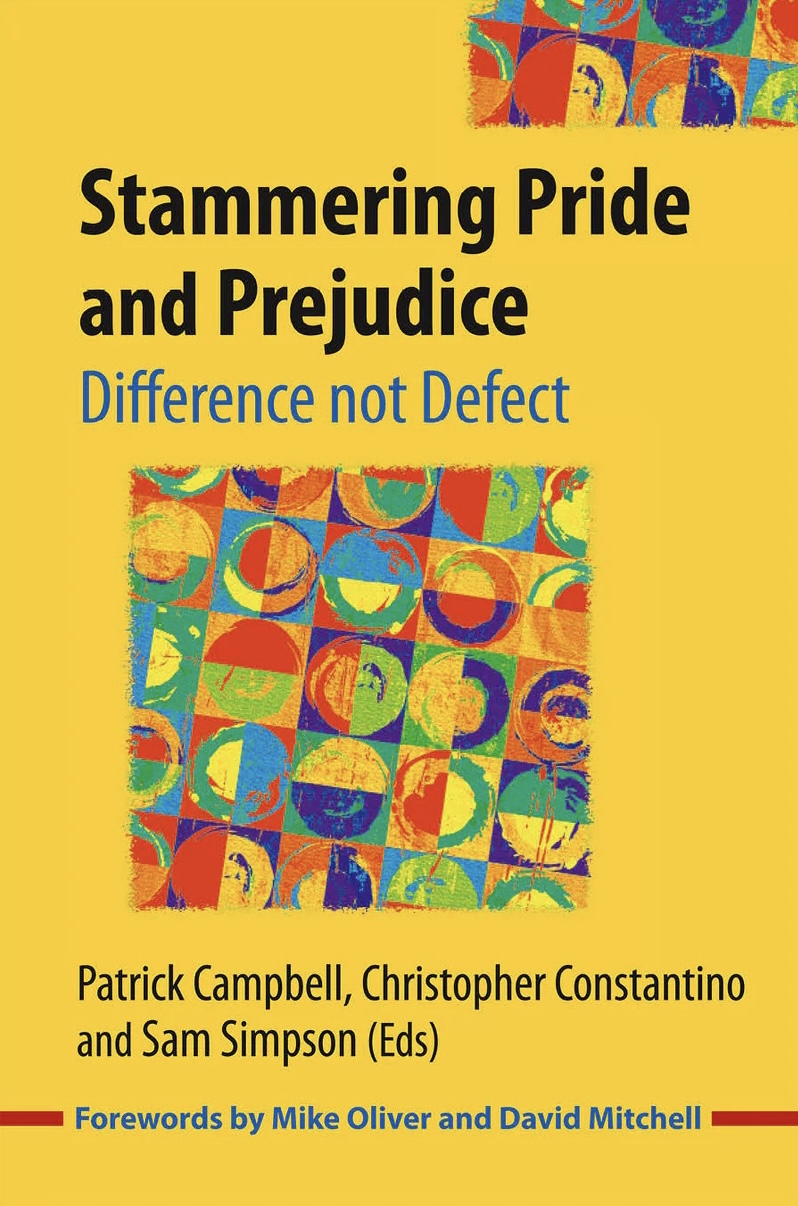227 pages
English language
Published by J & R Press.
Difference not Defect

227 pages
English language
Published by J & R Press.
Stammering is typically stigmatized as a character flaw and personal tragedy. We challenge the stereotype that stammering is inherently negative. Instead, we position stammering as a different, valuable and respected way of speaking.
“Stammering Pride and Prejudice” brings together new, empowering voices and opinions on stammering into one accessible text. Combining personal narrative, art and disability theory, we document how society has historically disabled people who stammer and the diverse ways in which people have created novel and exciting understandings of their speech.
“Stammering Pride and Prejudice”:
• Is the first published book exploring stammering from a social model perspective written for people who stammer and the general public, as well as professionals
• Represents diverse perspectives on stammering and highlights the attitudinal, environmental and structural barriers in society experienced by people who stammer
• Chronicles newly-developed and undocumented narratives around stammering
• Suggests ways of celebrating and taking pride …
Stammering is typically stigmatized as a character flaw and personal tragedy. We challenge the stereotype that stammering is inherently negative. Instead, we position stammering as a different, valuable and respected way of speaking.
“Stammering Pride and Prejudice” brings together new, empowering voices and opinions on stammering into one accessible text. Combining personal narrative, art and disability theory, we document how society has historically disabled people who stammer and the diverse ways in which people have created novel and exciting understandings of their speech.
“Stammering Pride and Prejudice”:
• Is the first published book exploring stammering from a social model perspective written for people who stammer and the general public, as well as professionals
• Represents diverse perspectives on stammering and highlights the attitudinal, environmental and structural barriers in society experienced by people who stammer
• Chronicles newly-developed and undocumented narratives around stammering
• Suggests ways of celebrating and taking pride in stammering so that it is no longer seen as the negative opposite of fluency.